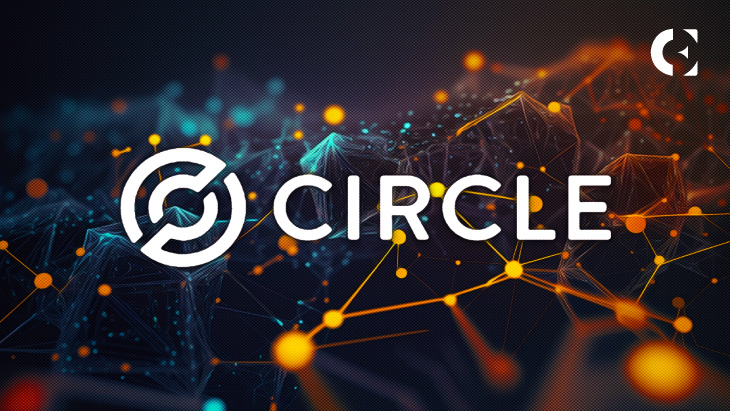- The NY Fed updated its counterparty criteria for the RRP, preventing Circle from accessing the program.
- The NY Fed’s new rules make single-owner funds ineligible for the RRP, including Circle Reserve Fund managed by BlackRock.
- RRP offers low-risk, high-yield lending to Fed at 4.8%, while program funds reach $2.3 trillion.
On Wednesday, the Federal Reserve Bank of New York (NY Fed) changed its counterparty criteria for its reverse-repurchase program (RRP), potentially blocking stablecoin issuer Circle from accessing the program.
The NY Fed announced that under the new rules, funds registered as “2a-7 funds” with the SEC and “organized for a single beneficial owner” will be ineligible for its reverse-repurchase program. This could include the Circle Reserve Fund, managed by BlackRock Advisors.
The RRP allows chosen counterparties to lend to the Fed at a fixed rate of 4.8%, becoming a profitable option with low counterparty risk. Originally created to stabilize the financial system, funds in the program have now grown to almost $2.3 trillion.
In January, the Bank Policy Institute, a key U.S. bank advocacy group, stated that if Circle’s USDC were to gain access to the RRP, it would create a “stablecoin effectively backed by the Fed,” which could potentially destabilize the financial system.
Moreover, Nick Timiraos, chief economic correspondent of The Wall Street Journal, tweeted that the Federal Reserve Bank of New York has revised the eligibility rules for the ONRRP facility, which may result in stablecoins being denied access.
Circle holds $25 billion of USDC’s reserves in a BlackRock-managed fund called the Circle Reserve Fund, registered as a “2a-7” government money market fund. Circle’s goal for the fund was to gain access to the Fed’s RRP through BlackRock, allowing USDC’s remaining cash reserves to be moved under a Fed account.
Additionally, USDC faced a crisis last month due to the sudden collapse of banking partner Silicon Valley Bank, leaving $3.3 billion of USDC’s cash reserves inaccessible for days. Circle now holds its cash reserves primarily at BNY Mellon to reduce banking system risk.
The crisis caused over $10 billion in USDC outflows, exposing the risks fiat-backed stablecoins face in the traditional banking system.
Disclaimer: The information presented in this article is for informational and educational purposes only. The article does not constitute financial advice or advice of any kind. Coin Edition is not responsible for any losses incurred as a result of the utilization of content, products, or services mentioned. Readers are advised to exercise caution before taking any action related to the company.









